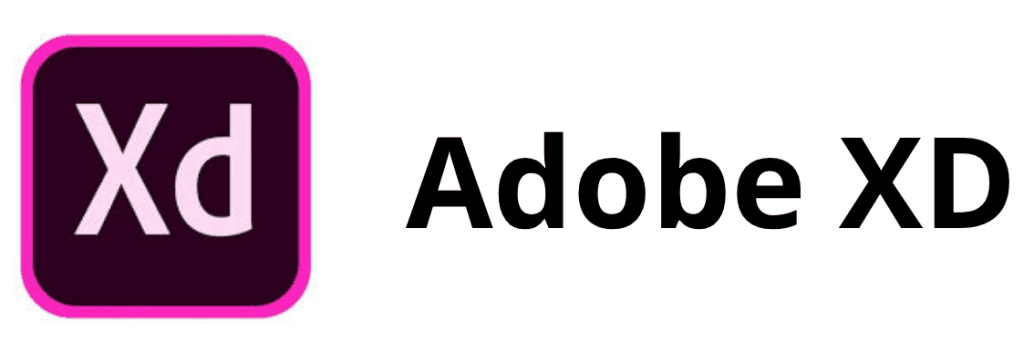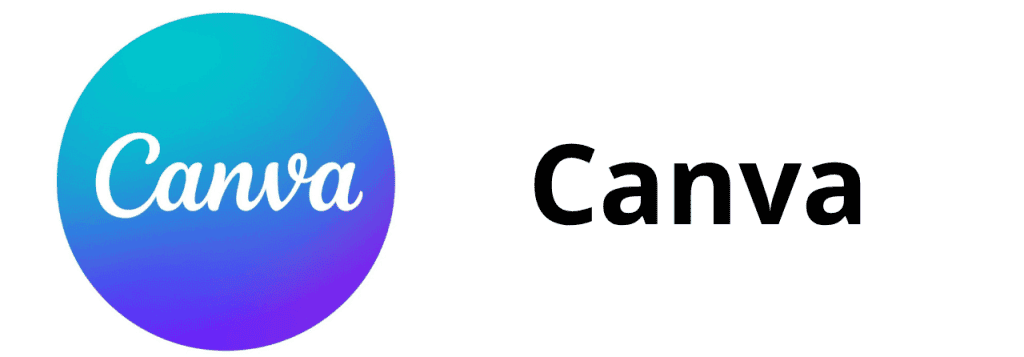We build websites every day. Sometimes it’s a one-screen landing page. Sometimes it’s a complex platform with dozens of user flows. And every time, we ask the same question:
What tool will help us get this done faster, cleaner, and smarter?
There are plenty of “Top 10 Web Design Tools” articles out there. This isn’t one of them.
This is a behind-the-scenes look at what our team actually uses — what works, what doesn’t, and what saves us hours (and headaches) on real projects.
Figma — Our Creative Command Center

Figma isn’t just software — it’s our shared workspace. Designers, copywriters, front-end devs, and even account managers work in the same live file. No outdated PDFs. No “is this the latest version?” chaos.
Why we rely on it:
- Real-time collaboration, no downloads needed
- Components, variables, auto layout = speed
- Easy for new team members to learn
Downsides? Sure — animations are limited, and advanced interactions require workarounds. But Figma’s speed and simplicity outweigh those trade-offs for most projects.
Webflow — When You Need to Design and Build, Fast

Webflow is our go-to when clients don’t want just a design — they want a fully working site, yesterday. You can build adaptive websites with animations, CMS, and SEO settings — no code required.
When we use it:
- For landing pages, MVPs, and fast rollouts
- When clients want to update content themselves
- When speed to launch is critical
It’s not perfect — complex builds sometimes need custom hacks. But it’s one of the most empowering tools for designers who want to think like developers.
Framer — Beautiful Sites, Crazy Fast

If Webflow is a visual dev platform, Framer is a smooth-talking showman. You get real-time previews, buttery-smooth animations, and a built-in AI assistant to help generate sections and copy.
We love it for:
- One-pagers, product intros, pitch sites
- Teams that need fast, high-polish results
- Projects where simplicity > flexibility
Framer isn’t ideal for large custom builds, but when you need to launch something beautiful today — it’s hard to beat.
Adobe XD — We Respect It, But Rarely Use It

Full transparency: we rarely touch XD. But we get why some teams love it — especially those deep in the Adobe ecosystem.
Why it still matters:
- Seamless with Photoshop and Illustrator
- Great offline usability
- Built-in transitions and prototyping
We’ve moved on to Figma for most things, but if your team is already running on Adobe, XD might still be your best bet.
Canva — A Lifesaver for Clients and Quick Wins

We don’t use Canva for full-scale sites, but we do recommend it for simple needs — especially for clients who need something lightweight, fast, and visually clean.
Where it shines:
- Presentations, mockups, quick landing ideas
- Early-stage marketing projects
- Solopreneurs and non-designers
It’s not made for custom web work. But when the budget is tight or timelines are brutal, Canva gets the job done.
What We’ve Learned Over the Years
The tool doesn’t make the designer. Execution does.
You can mess up a site in Figma, or build something solid in Canva — it depends on your eye, your logic, and your process.
But we’ve also learned this: the faster you move from idea to result, the better your work performs. That’s why we constantly revisit our tool stack — to stay sharp, fast, and relevant.
Which One Should You Choose?
- Designer? Start with Figma — it’s the modern standard.
- Entrepreneur? Try Webflow or Framer — no-code and fast.
- New to design? Canva is more than enough for small wins.
- Need full control? Combine tools — we often do.